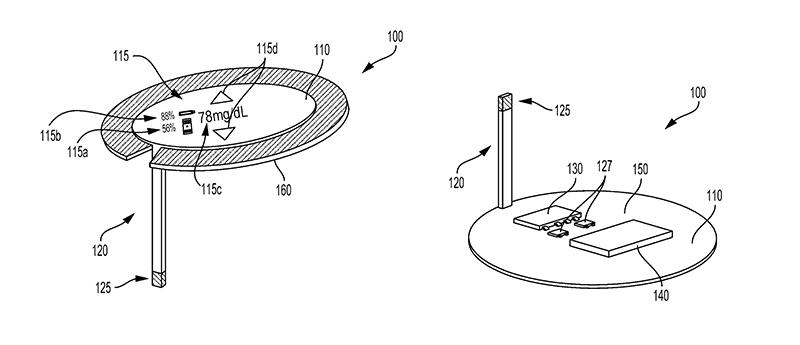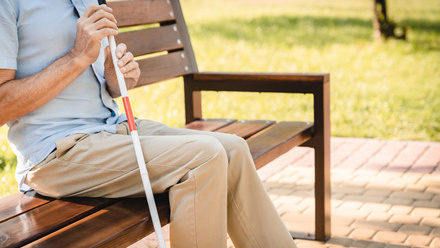Patent – bandage monitoring device
Dr Tahsin Ali Kassam at UDL Intellectual Property discusses a recently granted patent relating to a bandage monitoring device.

Certain medical conditions are characterised based on changing physiological properties, such as blood glucose concentration for indicating diabetes. These properties are often measured periodically by, for example, taking repeat blood tests. Alternatively, an implanted or wearable device can be employed to provide continuous, or near-continuous, measurements, circumventing the obvious disadvantages related to repeat blood tests.
Such devices may be battery-powered, powered by radio frequency, or through other wireless energy sources. Additionally, the devices can indicate changes in the physiological properties wirelessly, for example, through radio frequency identification or Bluetooth.
In October 2020, Verily Life Sciences LLC was granted European Patent, EP3244794B1 designating the UK, titled User Interactions for a Bandage Type Monitoring Device.
The patent discloses a body-mountable device (100) comprising a flexible substrate (110) configured to be mounted to a skin surface, a first sensor (125) configured to detect a physiological property, and a flexible input component disposed on the flexible substrate, which includes a second sensor for detecting a physical variable – for example, a capacitive touch sensor, a temperature sensor, a pressure sensor or an ambient light sensor. In the illustrated embodiment, the bottom surface (150) of the flexible substrate includes a battery (140) and an optical sensor (127).
The flexible input component, which curves according to the skin surface to which the flexible substrate is mounted, also comprises an electrode directly formed on the substrate. An adhesive layer (160) may be provided to mount the substrate to the skin surface.
The substrate, which further comprises one or more electronic components (130) disposed on it, is configured to (i) use the first sensor to obtain data related to the physiological property, (ii) use the input component by operating the second sensor to detect the physical variable, and (iii) perform one or more actions based on the received input. For example, data related to the physiological property may be obtained using the first sensor, in response to a received input.
Further, the electronic components may include a memory, and the one or more actions based on the received input may be to record information. The device may also be configured to communicate with a remote system, for example, in response to a received input.
In one embodiment, the device includes a sensor probe (120) with a first end attached to the flexible substrate and a second end configured to extend beneath the skin surface to contact e.g. interstitial fluid. The first sensor is disposed at the second end of the sensor probe, and the physiological property may include a property of an analyte (e.g. glucose) in the interstitial fluid.
Optionally, the device includes a flexible display disposed on the substrate, which is used by the electronic components to provide an indication related to the physiological property. In the example shown, the display includes a user interface (115) showing a battery status (115a), a memory status (115b), a detected analyte concentration (115c), and two arrows (115d) for presenting an input to the device.
In another embodiment, the device includes a haptic technology that is used by the electronic components to indicate a physiological property, or an acoustical element by generating a sound.
Read the full patent here: bit.ly/3ql71M9.







